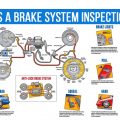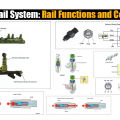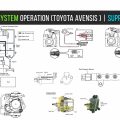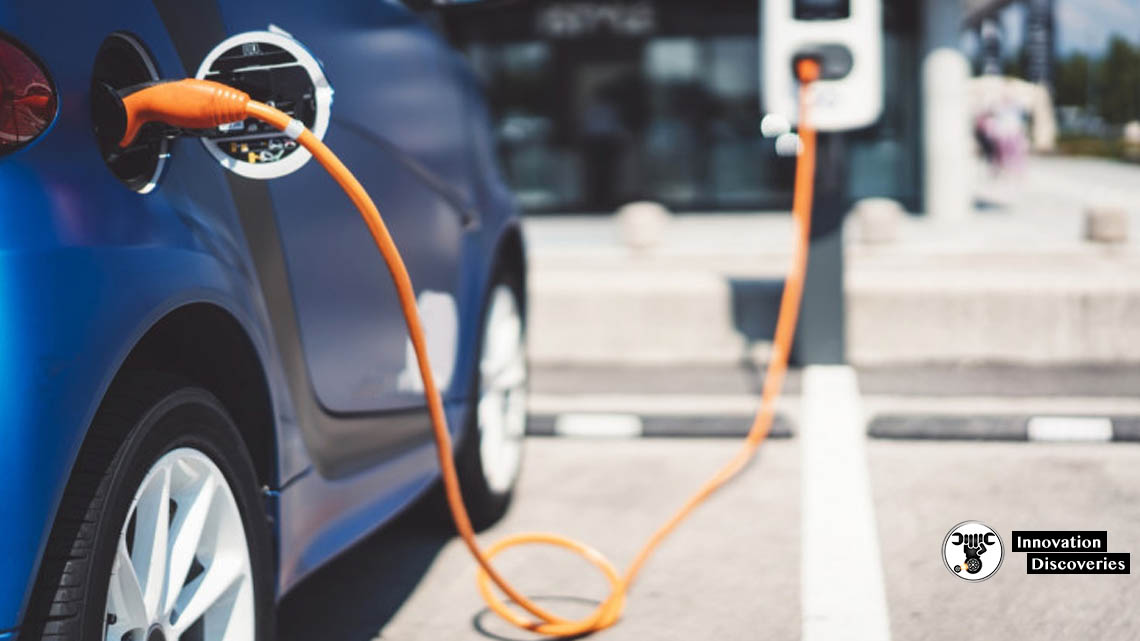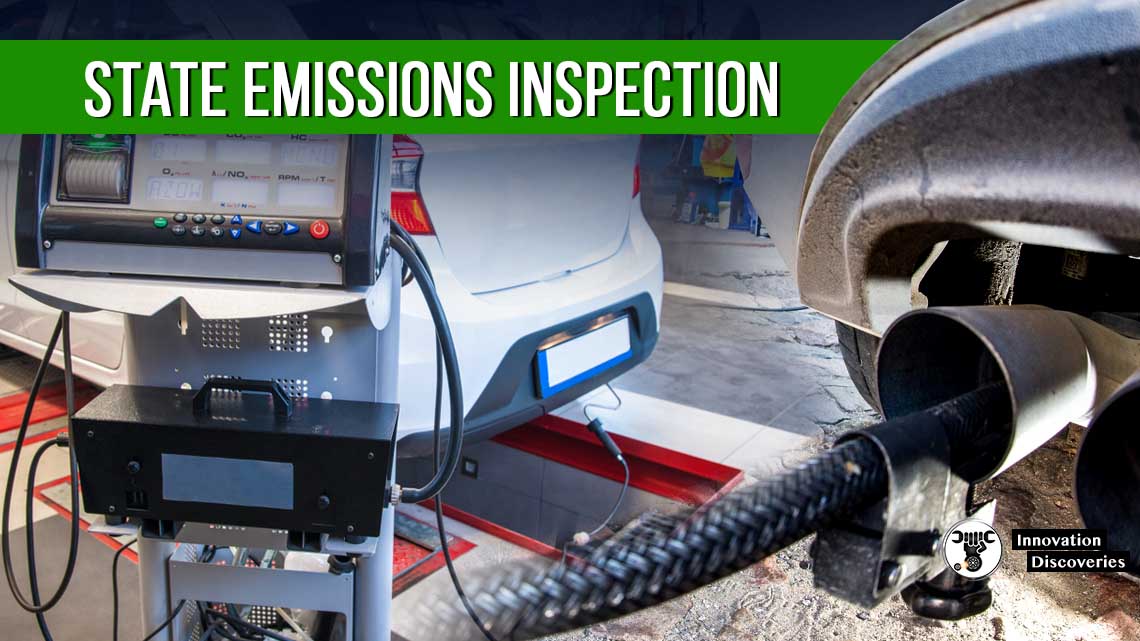
What is a State Emissions Inspection?
This mandatory emissions inspection was created to meet specific regional air-quality issues and improvement goals.
These inspections are part of the plan to protect the environment and improve air quality by inspecting every vehicle’s emissions system.
The state emissions inspection can be performed by any official Department of Transportation (DOT) service station.
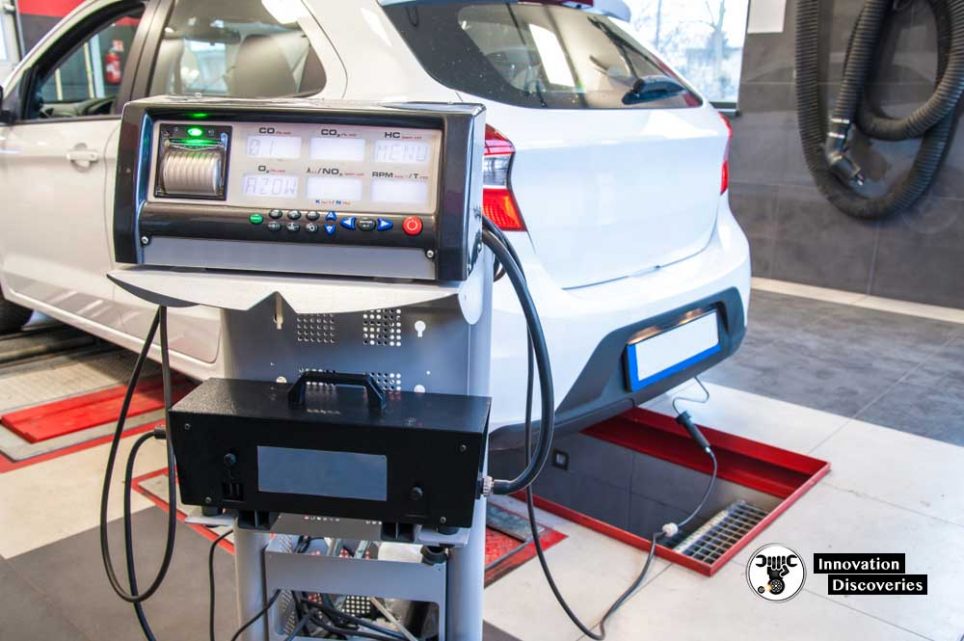
Any such station will have a sign to let you know they are an official DOT service station.
During the emissions inspection, your vehicle goes through four different inspections.
First, your vehicle’s emissions are checked.
This includes idle testing, Acceleration Simulation Mode (ASM) testing, and evaporative system function tests. Second, the On-Board Diagnostics (OBD) system is checked.

Download: THEORY OF MACHINES
The OBD system is a device that detects problems in your engine.
The system was put in place to help control vehicle emissions.
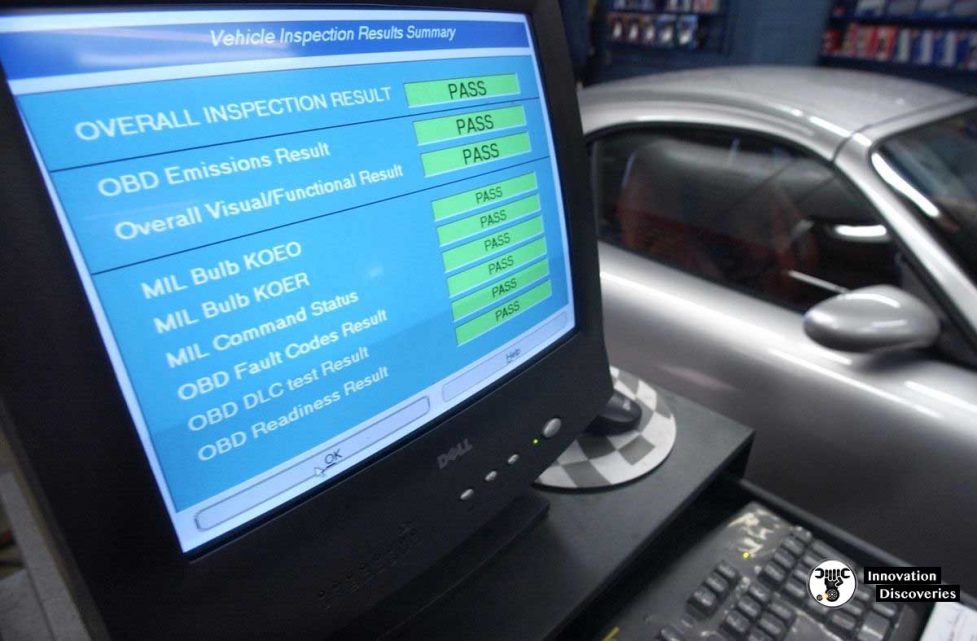
Third, your gas cap will be inspected.
This just means that your gas cap is checked to make sure that no harmful gases are escaping from your gas tank into the atmosphere.
Also, read: HOW IS OIL DRILLED, TRANSPORTED AND CONVERTED INTO GASOLINE
Finally, your vehicle undergoes a visual inspection.
During the visual inspection, the following items are checked: catalytic converter, exhaust gas recirculation (EGR) valve, positive crankcase ventilation (PCV) valve,
Fuel inlet restrictor, muffler, air pump, tailpipe, and evaporative control system components.
READ MORE:

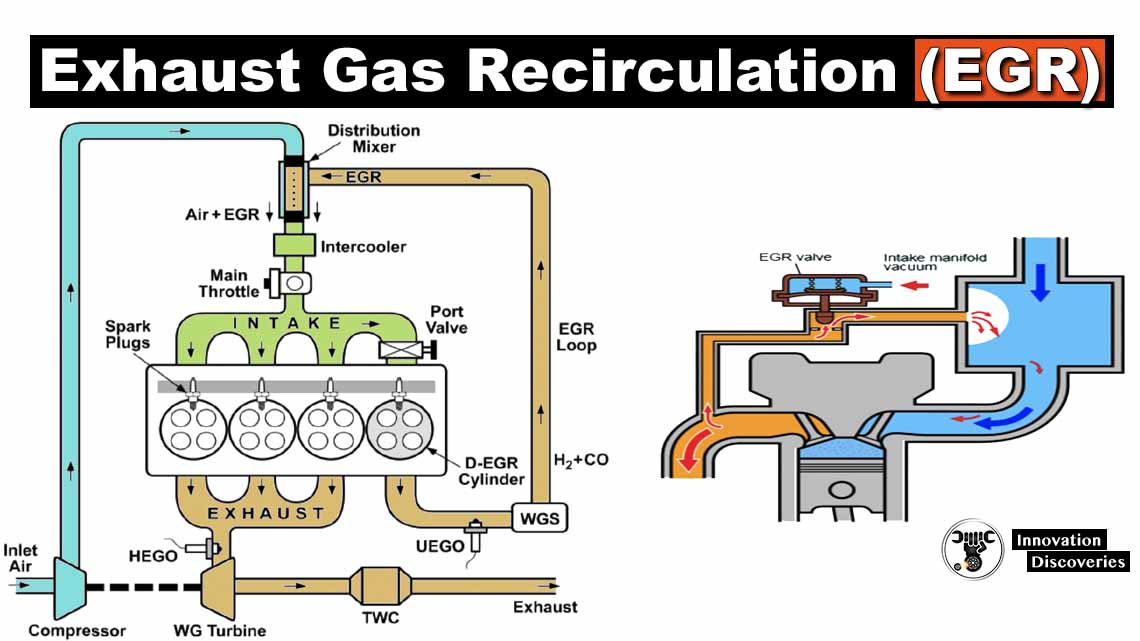

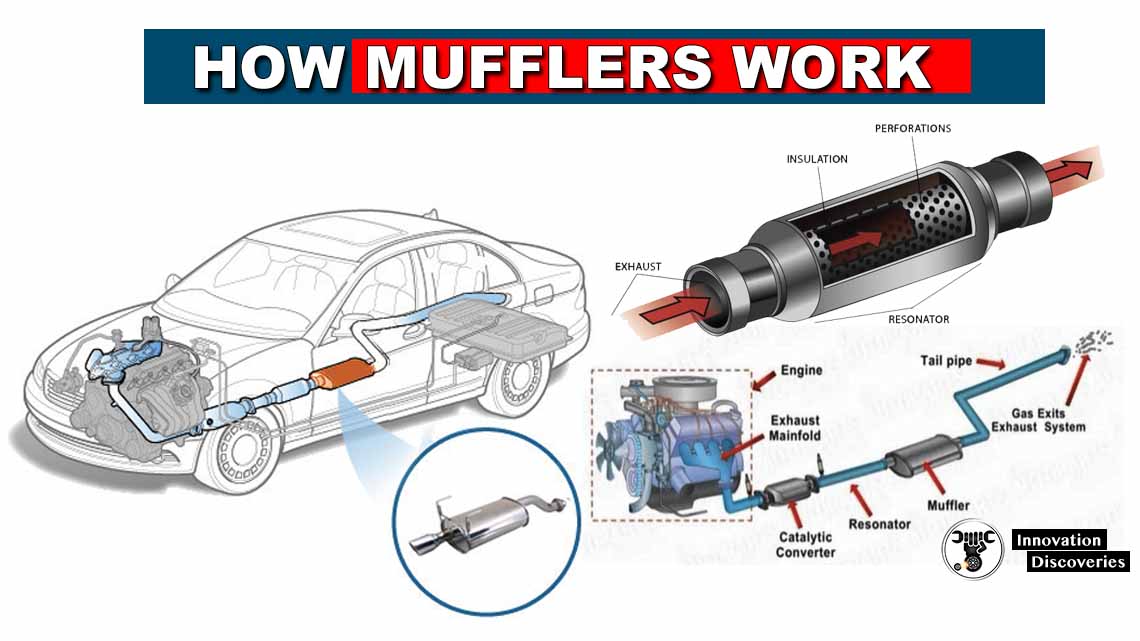
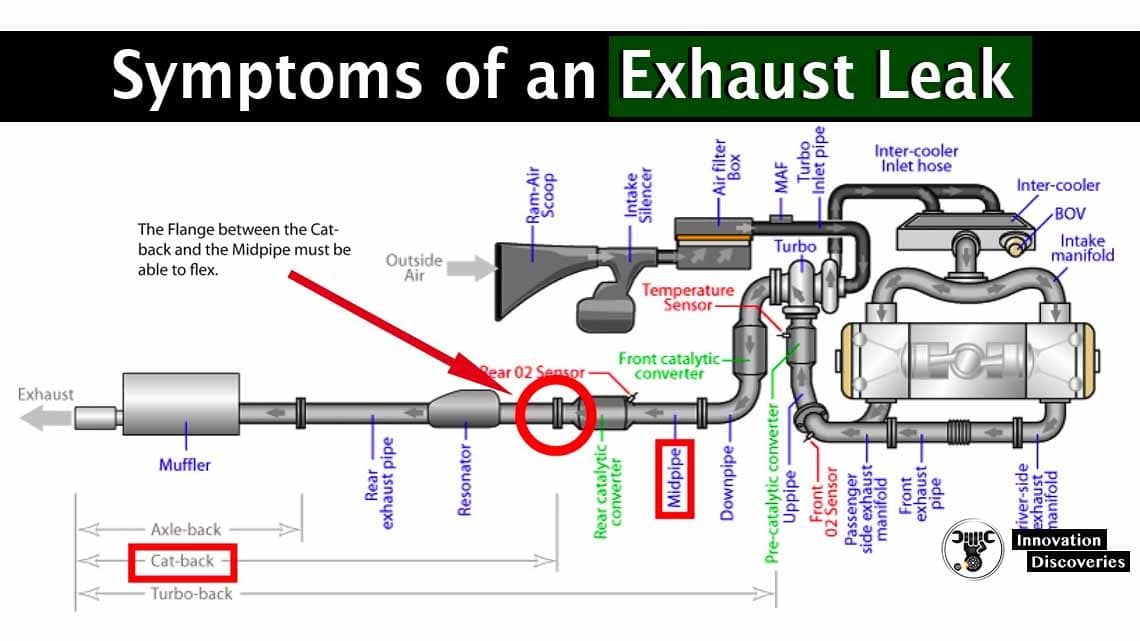
If any of these items or inspections fail, the necessary part will need to be repaired or replaced, or your vehicle won’t pass the emissions test.
Why does your vehicle need a State Emissions Inspection?
Vehicles are a major source of pollution in and to help improve air quality, the law requires that your vehicle undergo an emissions inspection once a year.
If your vehicle isn’t inspected or doesn’t pass an inspection, it is illegal to drive the vehicle.
Again, it is a goal to protect the environment and improve air quality.
HOW DOES NITRO BOOST (NITROUS OXIDE) WORK?
When does your vehicle need a State Emissions Inspection?
Your vehicle is required to be inspected on or before your annual (once a year) inspection date.
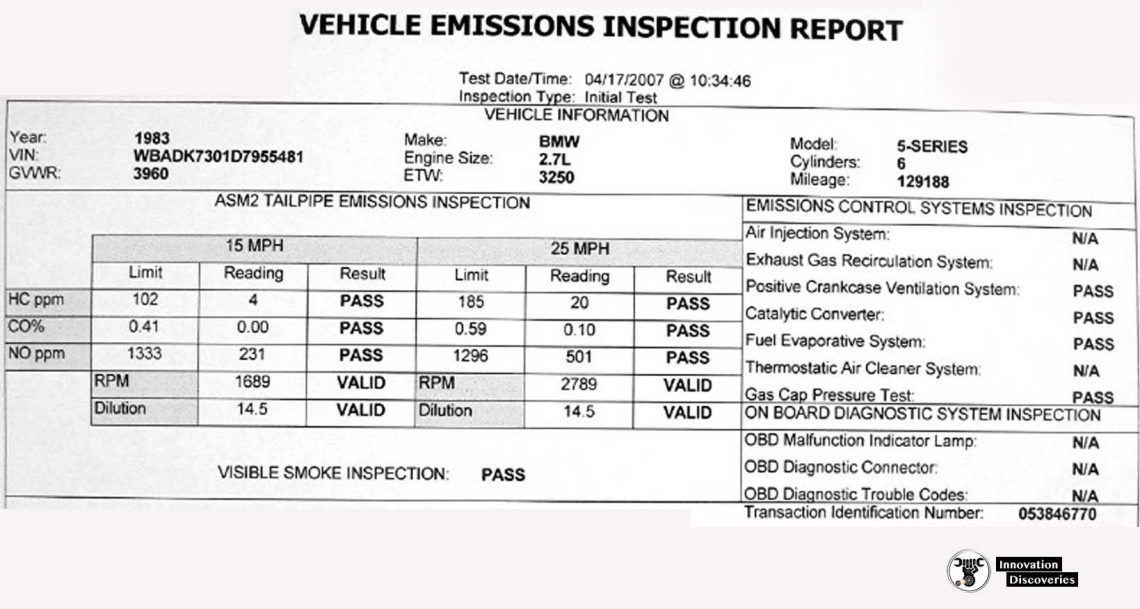
EXPLAINED DTC: P0446 EVAPORATIVE EMISSION CONTROL SYSTEM VENT CONTROL CIRCUIT MALFUNCTION
FUEL SYSTEM: COMPONENTS, WORKING PRINCIPLES, SYMPTOMS AND EMISSION CONTROLS
THIS OLYMPIC SWIMMER RUN IN THE EMISSIONS OF THIS FUEL CELL CAR | INNOVATION DISCOVERIES
Read: OXYGEN SENSORS /LAMBDA SENSOR/: PARTS, TYPES, WORKING PRINCIPLE AND LOCATION
FUEL SYSTEM: COMPONENTS, WORKING PRINCIPLES, SYMPTOMS AND EMISSION CONTROLS
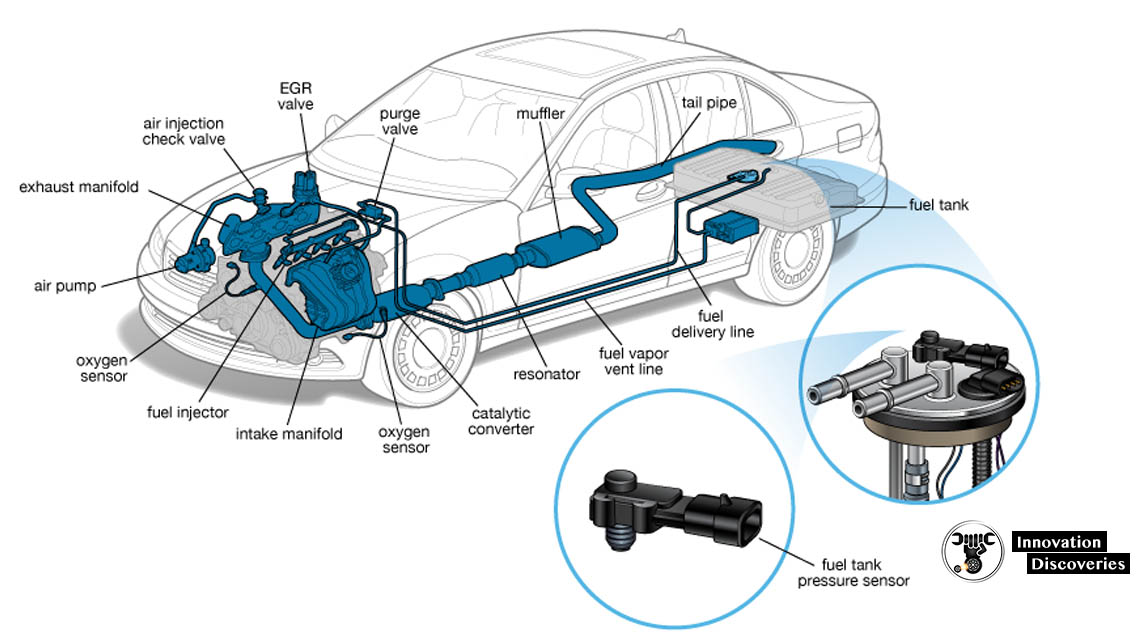
Read More:
- EXHAUST SMOKE: TYPES (BLACK, WHITE, AND BLUE) AND CAUSES
- USING EXHAUST WATER TO MAKE MORE HORSEPOWER!
Visit Forum
Read More:
- INSPECTING THE IGNITION SYSTEM
- HOMOGENEOUS CHARGE COMPRESSION IGNITION (HCCI) ENGINE
- DISTRIBUTORLESS IGNITION SYSTEM (DIS) – MAIN COMPONENTS, WORKING WITH APPLICATION
- HOW IGNITION DISTRIBUTOR WORKS?
- CAPACITOR-DISCHARGE IGNITION(CDI) WORKING PRINCIPLE, ITS ADVANTAGE AND DISADVANTAGE
- HOW TO FIX IGNITION IF WHEN YOUR VEHICLE HALTS IN THE WET WEATHER?
QUIZ: ARE YOU AN IGNITION EXPERT? TAKE THE QUIZ!
Visit Our Friendly Website


